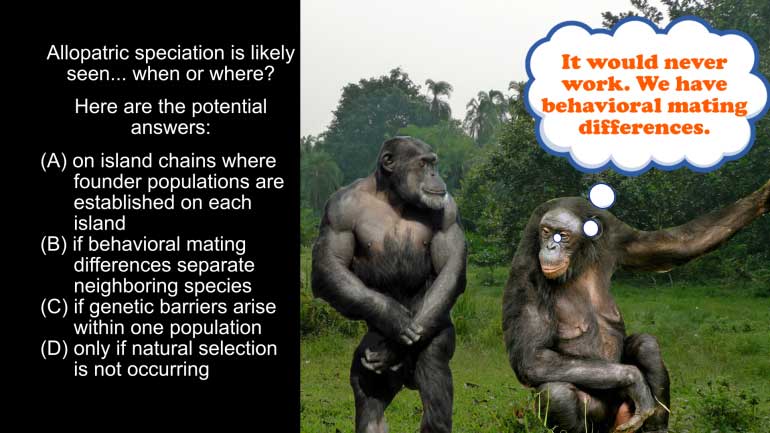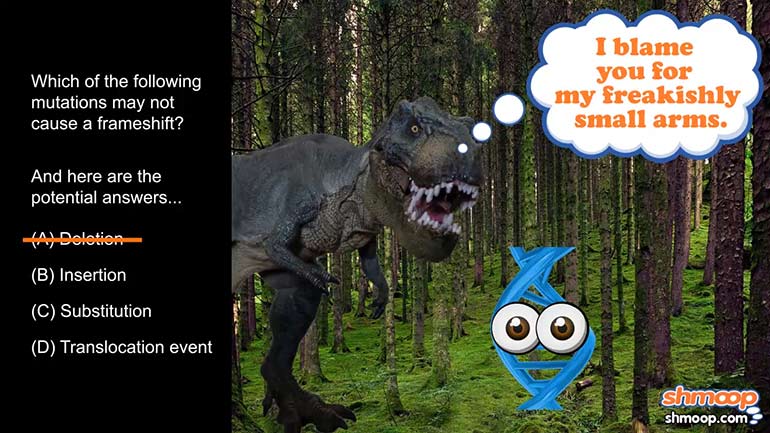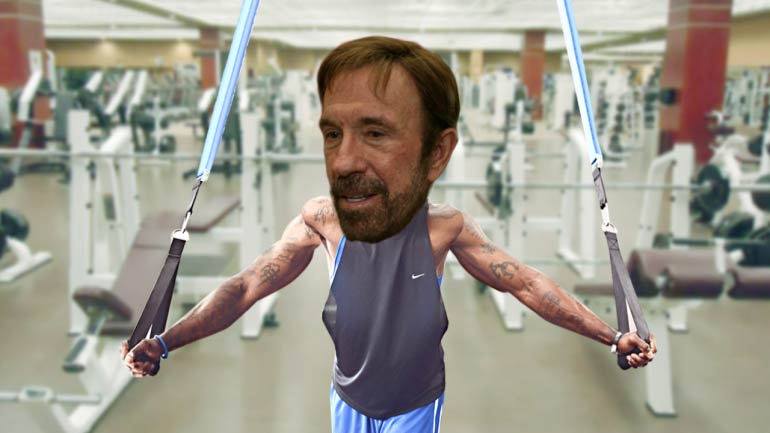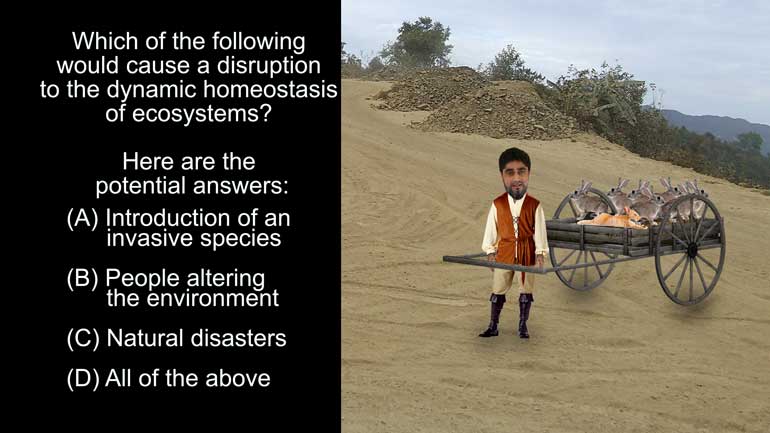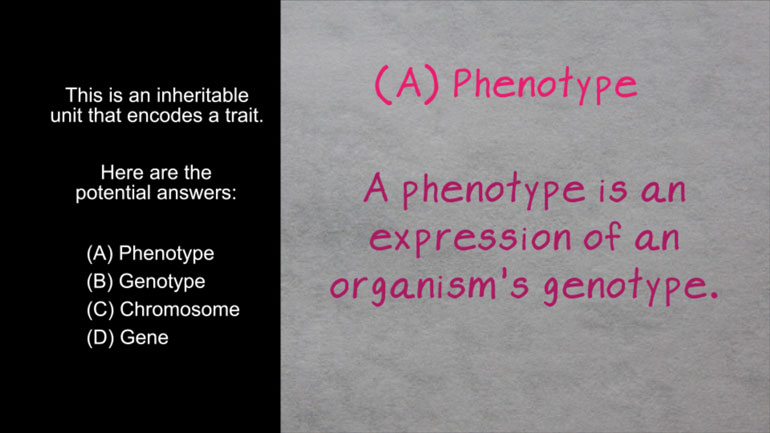ShmoopTube
Where Monty Python meets your 10th grade teacher.
Search Thousands of Shmoop Videos
Evolve in changing environment Videos 9 videos
AP Biology 4.1 Evolution. When or where is allopatric speciation likely seen?
AP Biology 1.5 Essential Life Process Information. Which of the following mutations may not cause a frameshift?
AP Biology 3.1 Evolution 16 Views
Share It!
Description:
AP Biology 3.1 Evolution. What is the study of structural similarities before an animal is born called?
Transcript
- 00:04
Here’s your Shmoop du jour, brought to you by similarities, the worst thing that could
- 00:08
happen to someone who wants to stand out from the crowd. [Girl with pink hair walks past another girl with pink hair]
- 00:10
Check out the following statement:
- 00:13
The study of structural similarities before an animal is born is called this.
- 00:18
And here are the potential answers: Structural similarities are factors that indicate
Full Transcript
- 00:25
species are closely related and may have evolved from a common ancestor. [Monkeys driving a pink car]
- 00:30
It does not, however, prove that we are all somehow related to the Kardashians.
- 00:35
We'll get over that crushing disappointment somehow.
- 00:37
All right, if you chose “A,” then you don’t know a bat’s wing from your left [A man raises his left arm and a bats wing appears underneath]
- 00:41
arm, both of which happen to be examples of homologous structures.
- 00:45
They're similar in anatomy, but not necessarily in function.
- 00:48
While the anatomical similarity part might sound promising, answer A has nothing to do [Hand shaking a bottle of prenatal tablets]
- 00:52
with anything prenatal.
- 00:54
So “A” is incorrect.
- 00:56
Vestigial organs are useless body parts.
- 00:59
Like the top skin fold on your ear, or your wisdom teeth. [A man with an x-ray of his mouth and an arrow pointing to a wisdom tooth]
- 01:03
Considering your teeth aren't going to help you figure this question out, we can safely
- 01:07
eliminate answer C. How about B?
- 01:10
Well biogeography is a study, but it researches the geographic distribution of plants and animals
- 01:16
Biogeographers have this intense need to know why birds are rarely seen at the mall. [A bird walking through a store]
- 01:21
It's mostly because they're so...cheep...
- 01:23
And that's it for B?
- 01:25
It's so wrong.
- 01:27
That brings us to comparative embryology, which is the study of structural similarities [A cracked egg with an embryo inside]
- 01:31
before an animal is born.
- 01:33
Ringing any bells?
- 01:35
Aristotle is recognized as the first person to compare embryos of different species in [Aristotle looking under a microscope]
- 01:40
an effort to prove that all animals are somehow structurally related.
- 01:44
The Greek philosopher was also the first to know the correct answer to our question is [Aristotle stood with the letter D]
- 01:48
“D,” comparative embryology.
- 01:50
If you chose “D”, you're practically the next Aristotle.
- 01:54
Or, as we like to think of it, Aristotle 2: Electric Boogaloo. [Aristotle with a guy and girl performing dance moves]
Related Videos
AP Biology: Biological System Interactions Drill 1, Problem 1. Complete the sentence about a saturated fatty acid.
AP Biology: Essential Life Process Information Drill 1, Problem 1. If one parent is heterozygous for the sickle cell trait while the other par...
AP Biology: Evolution Drives the Diversity and Unity of Life Drill 1, Problem 1. The first cells on planet Earth were likely what?
AP Biology: Free Energy and Molecular Building Blocks Drill 1, Problem 1. Which statement incorrectly describes the properties of water?
AP® Biology: Evolution Drives the Diversity and Unity of Life Drill 1, Problem 2. What was likely the first genetic material?
